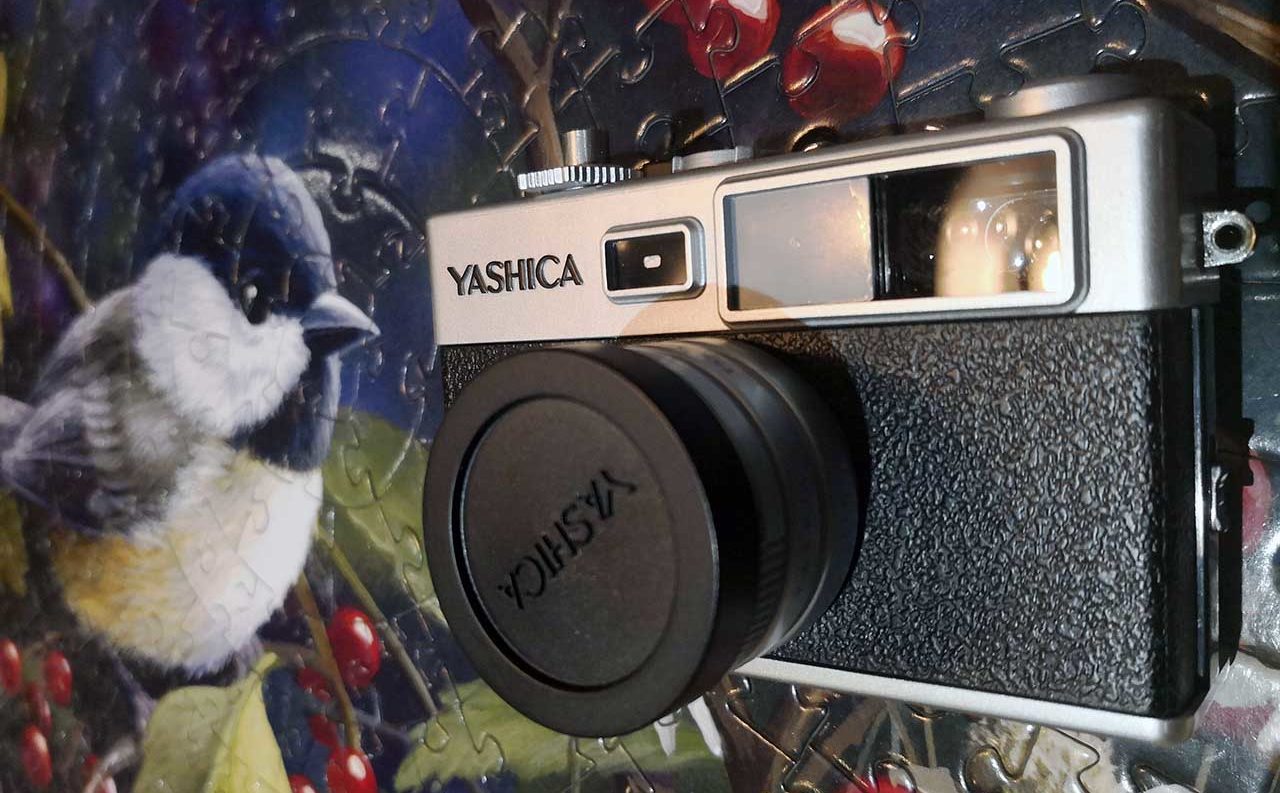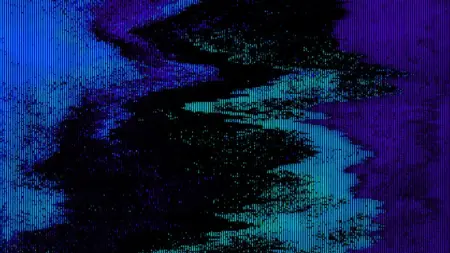Our Verdict
The honest answer? I’m not quite sure. Last year Yashica – or a Hong Kong-based company operating under the name Yashica – teased a new camera launch under the motto “The Silence of Story” (we still don’t know what that means) via a series of Youtube videos depicting a woman shooting street photography.
When the teaser date arrived, Yashica announced the digiFilm Camera Y35 on Kickstarter. Yashica received millions in crowdfunding within its first couple weeks, and then launched a second campaign on Indiegogo, which was also successful.
The concept? The Y35 is a digital camera, but it uses digital film. And has a frame advance lever. But it records to a memory card. Or something. I’ve had the Y35 for about a month now, shooting with it, and I’m still not clear what it is.
Here’s what I know: the Y35 has a small 1/2.5-inch, 14-megapixel sensor and a fixed 6mm f/2 lens. It writes your images to an SD card. It’s powered by two AA batteries. There are very few exposure controls.
In the back of the camera is a compartment similar to film cameras where you can insert one of the digiFilm cartridges. These are about the size of an old APS film cartridge and slot into the camera back, connecting via six metal pins.
There are six digiFilm cartridges in total: B&W, ISO 200, ISO 400, ISO 1600, Blue colour film and 120 format 6×6. These cartridges appear to apply a filter effect to your images when loaded, and there doesn’t appear to be a limit on their use, such as with analog film.
So is the Y35 worth the $140 or so we spent backing its Kickstarter campaign? It’s complicated…
The honest answer? I’m not quite sure. Last year Yashica – or a Hong Kong-based company operating under the name Yashica – teased a new camera launch under the motto “The Silence of Story” (we still don’t know what that means) via a series of Youtube videos depicting a woman shooting street photography.
When the teaser date arrived, Yashica announced the digiFilm Camera Y35 on Kickstarter. Yashica received millions in crowdfunding within its first couple weeks, and then launched a second campaign on Indiegogo, which was also successful.
The concept? The Y35 is a digital camera, but it uses digital film. And has a frame advance lever. But it records to a memory card. Or something. I’ve had the Y35 for about a month now, shooting with it, and I’m still not clear what it is.
Here’s what I know: the Y35 has a small 1/2.5-inch, 14-megapixel sensor and a fixed 6mm f/2 lens. It writes your images to an SD card. It’s powered by two AA batteries. There are very few exposure controls.
In the back of the camera is a compartment similar to film cameras where you can insert one of the digiFilm cartridges. These are about the size of an old APS film cartridge and slot into the camera back, connecting via six metal pins.
There are six digiFilm cartridges in total: B&W, ISO 200, ISO 400, ISO 1600, Blue colour film and 120 format 6×6. These cartridges appear to apply a filter effect to your images when loaded, and there doesn’t appear to be a limit on their use, such as with analog film.
So is the Y35 worth the $140 or so we spent backing its Kickstarter campaign? It’s complicated…
Build Quality
The Yashica digiFilm Camera Y35 is entirely plastic. And not the thick, robust plastic like you might find on an entry-level DSLR. This is carnival prize plastic. The police badge and plastic handgun set you win for knocking over some cans with a bean bag.
Around the plastic body there is a thicker, textured plastic grip which does give the Y35 some needed weight. The lens barrel is also plastic; however, Yashica says the lens elements are glass.
On top of the Yashica Y35 is a metal hotshoe and a metal frame advance lever. You do need to advance this lever to shoot another frame despite the camera being digital.
Next to the frame advance lever is a metal shutter button, surrounded by a metal toggle which is the on/off switch. It doesn’t say on/off; you just have to figure it out.
There is also an exposure compensation dial offering +/-2 EV stops of compensation. The plastic dial isn’t flimsy, but it lacks some basic thought around it. On the dial are the settings for -2, -1, 0, 1 and 2. But it’s not entirely clear what EV you have it set to when you turn the dial because there’s no clear corresponding notch or mark to indicate the setting. There is a little line to the right of it, but this also kind of looks like it could be the Focal Plane Indicator. So, who knows!
Finally, on the other side of the hotshoe is a plastic, faux film winder like you would have had on your old film cameras. There is no purpose to this, and it seems kind of pointless.
On one side of the Y35 is a slider that opens the digiFilm compartment. You also put your AA batteries in here.
And underneath the camera body is the SD card slot and a micro USB port.
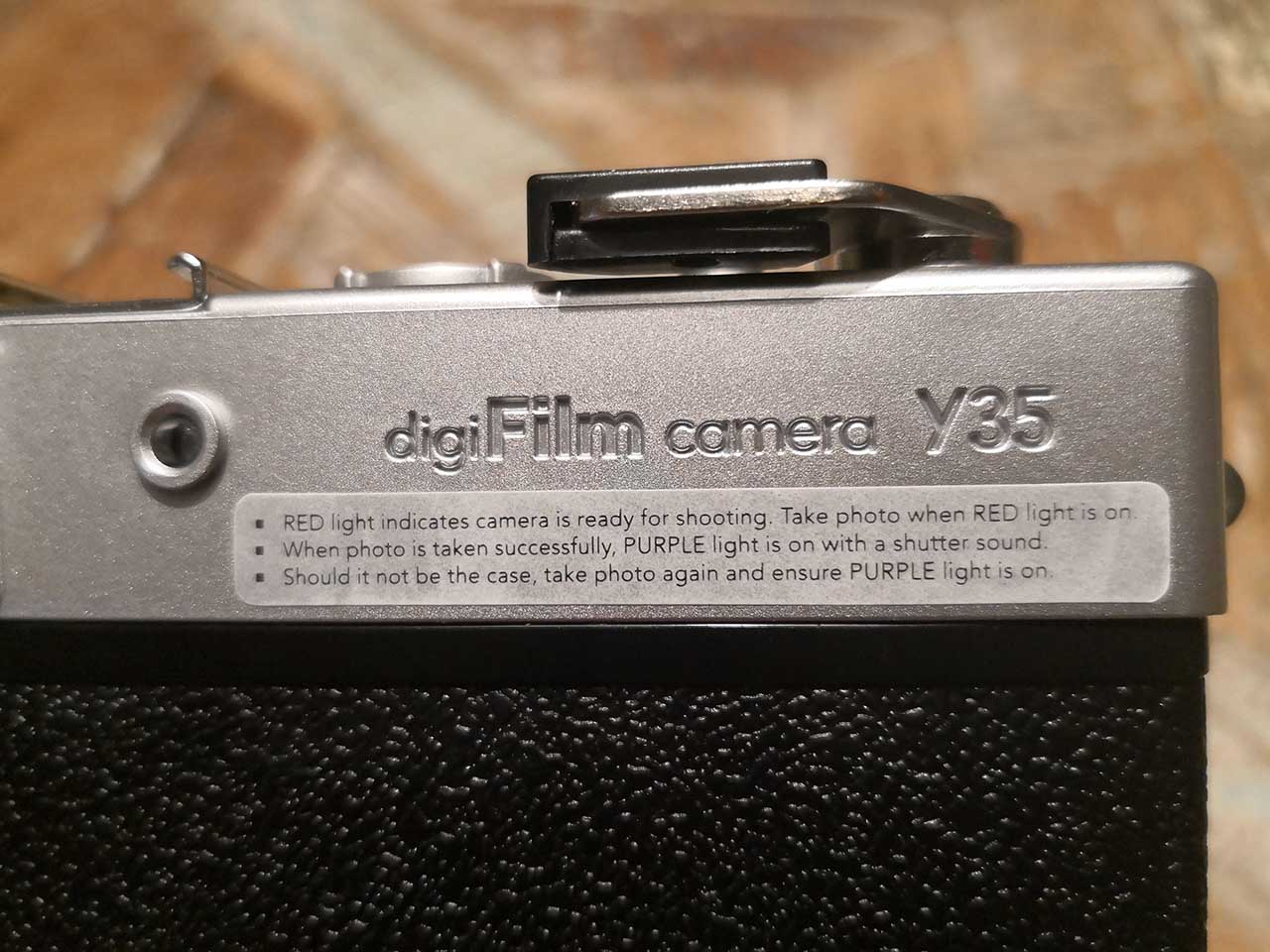
Performance
On the back of the Yashica Y35 camera is a sticker that says when the little light next to the viewfinder is red the camera is ready to take an image. When it’s purple it has successfully taken an image. And then the sticker says, if the light is red but it won’t let you take a photo, just keep trying and eventually it will.
This pretty much sets the tone for your experience with the Yashica digiFilm Camera Y35.
My first impressions were already pretty low after feeling its build quality. When the company is already trying to warn me that I’m going to have trouble taking photos with it, you begin to feel like you were ripped off before you’ve even taken a shot.
Here’s the thing, though: I haven’t had any issues with taking photos. It’s worked seamlessly in that regard. And to be honest, the images aren’t that bad if you’re in the right light.
The Yashica Y35 is probably equivalent in image quality to a budget smartphone from a few years ago.
In a way, it’s kind of fun to shoot with. Shooting without getting that instant visual on the back of your camera made me feel like I was shooting film again. I was thinking more about my shots and my composition, even though I wasn’t limited to a set number of frames.
For $140, though, I feel like the Yashica Y35 should offer more manual control. Some of my old budget smartphones from yesteryear at least offered that and cost less new at the time. But I digress.
Taking my first shots with the Yashica Y35 I noticed something odd. When you see the red light and press the shutter button it doesn’t take the image straightaway. The shutter clicks but then there is a little delay before the light changes to purple.
Sure enough, when reviewing my first shots later on the computer they weren’t necessarily what I intended to photograph because I’d moved the camera thinking the image was already taken. Once I learned I had to hold the camera in place for a moment longer I didn’t have this problem… but one shouldn’t have that problem.
Loading the digiFilm canisters is straightforward enough, and because I didn’t have the Blue or B&W digiFilms in my Kickstarter package I can’t comment on the filter effects of those. But colours on the whole seem OK, if a little muted. But I think that is part of the effect.
Exposures, however, are a bit all over the place. The Yashica Y35 can’t handle high-contrast scenes very well at all. Highlights are completely blown out and there is lots of noise. But in the right light you can get some nice looking images.
That said, I don’t think there was anything, from features to image quality to ease of use, that would motivate me to use the Yashica digiFilm Camera Y35 as my primary camera, let alone as a backup.
It’s possibly a clever concept that could potentially be something really fun – and it is at times – but not enough money has gone into its build and specifications. When you look at Zenit’s resurrection, for instance, and its partnership with Leica to develop a full-frame camera, that seems infinitely more serious than this.
If the new owners behind the Yashica brand wanted to make a serious camera they would have been better off seeking investment or partnering with an established brand that could share resources and technology to produce a serious camera. The Yashica Y35 is just a toy. And I would have paid more money for a Yashica digiFilm camera that boasts some more credible features and manual controls.
Yashica Y35 Sample Photos
Below is a selection of sample photos shot with the Yashica digiFilm Camera Y35…
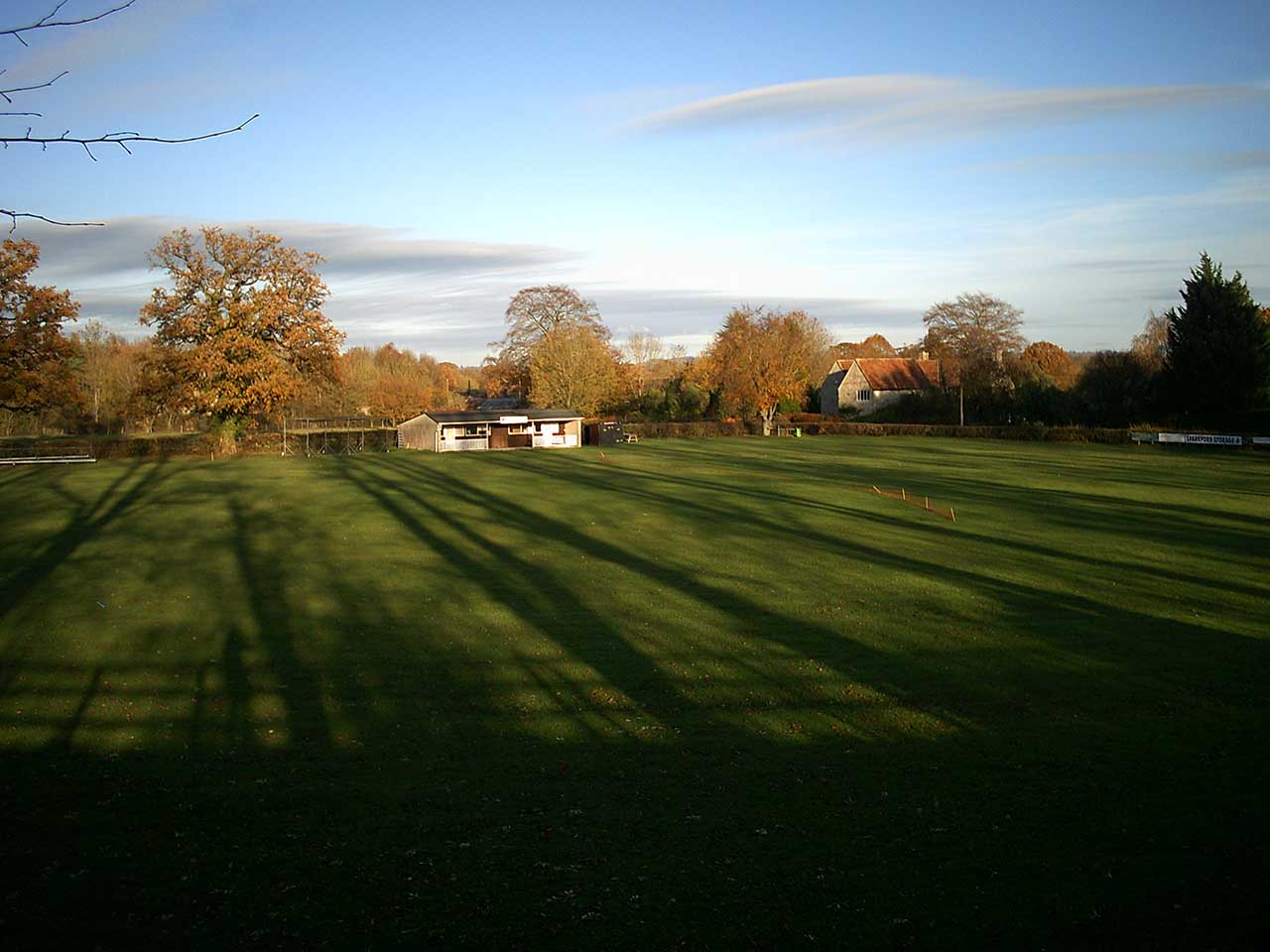
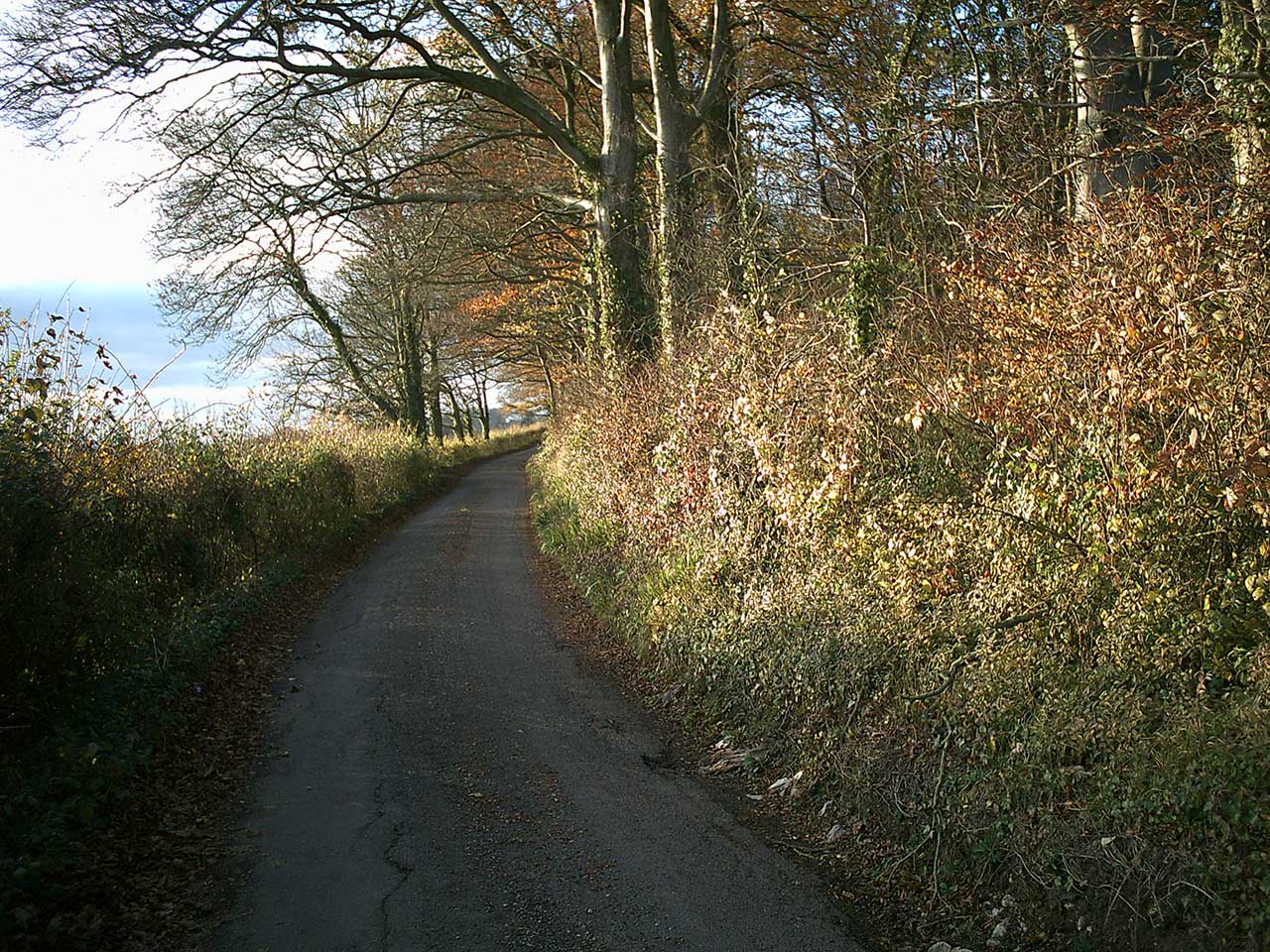
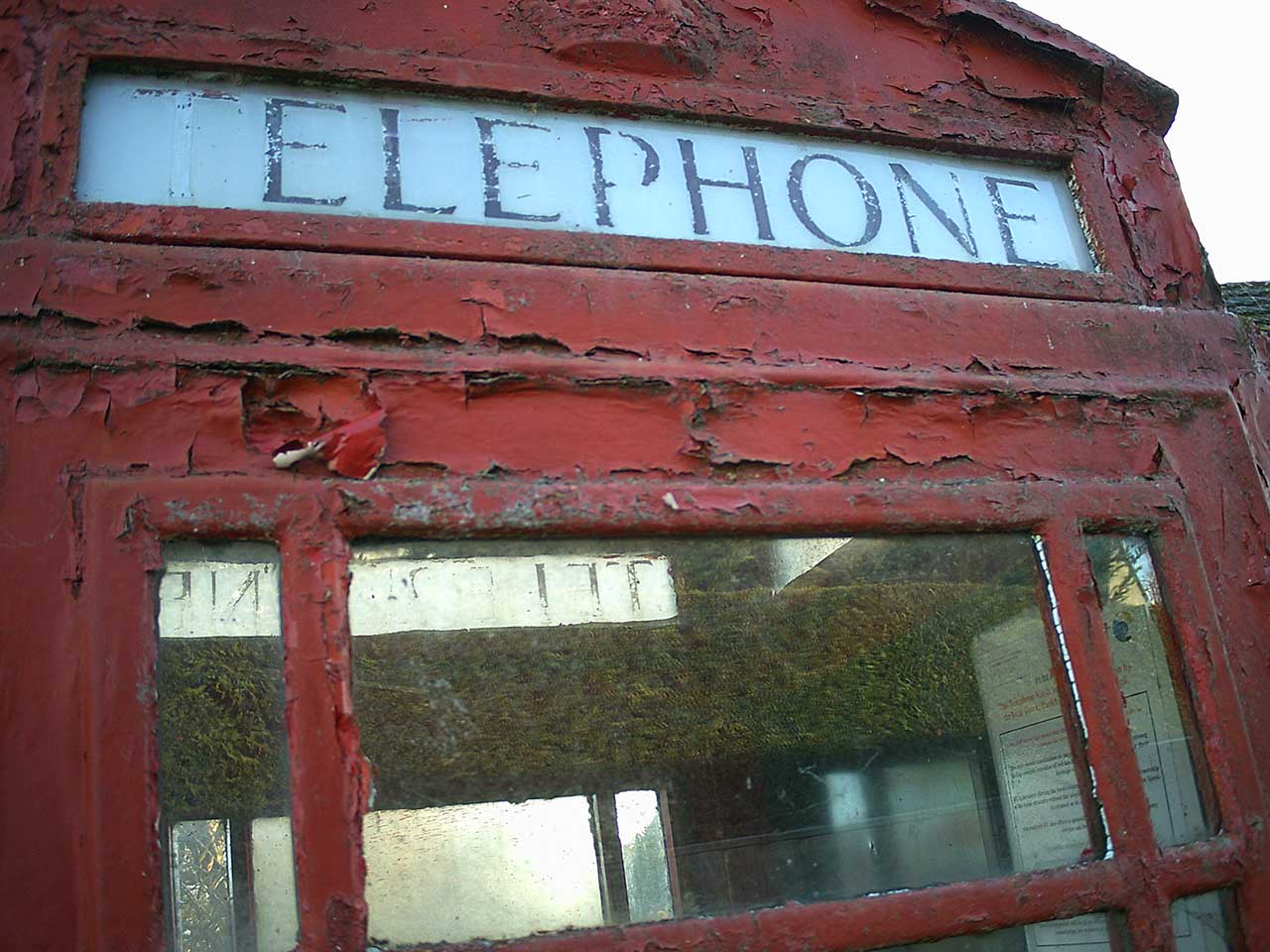
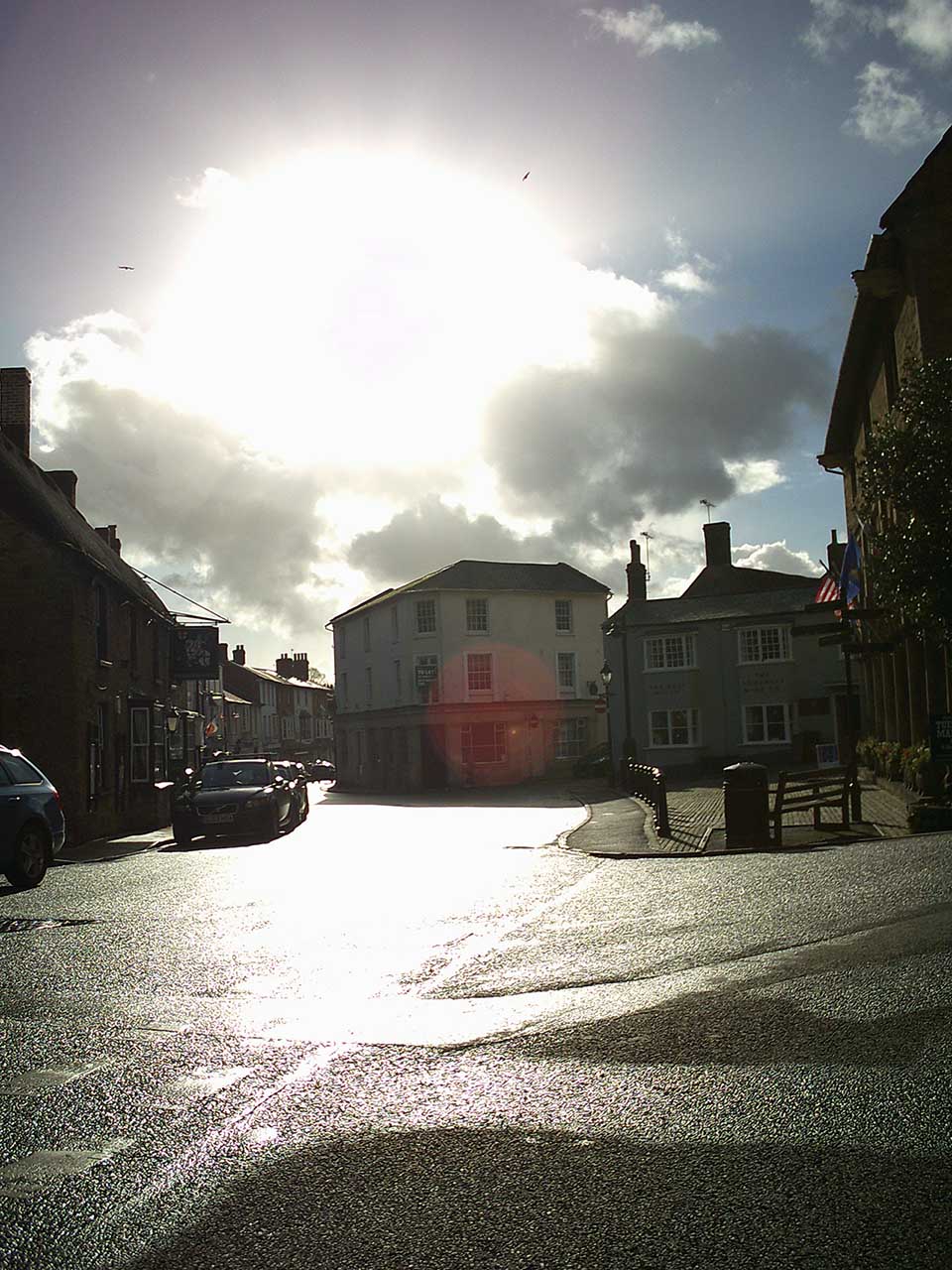
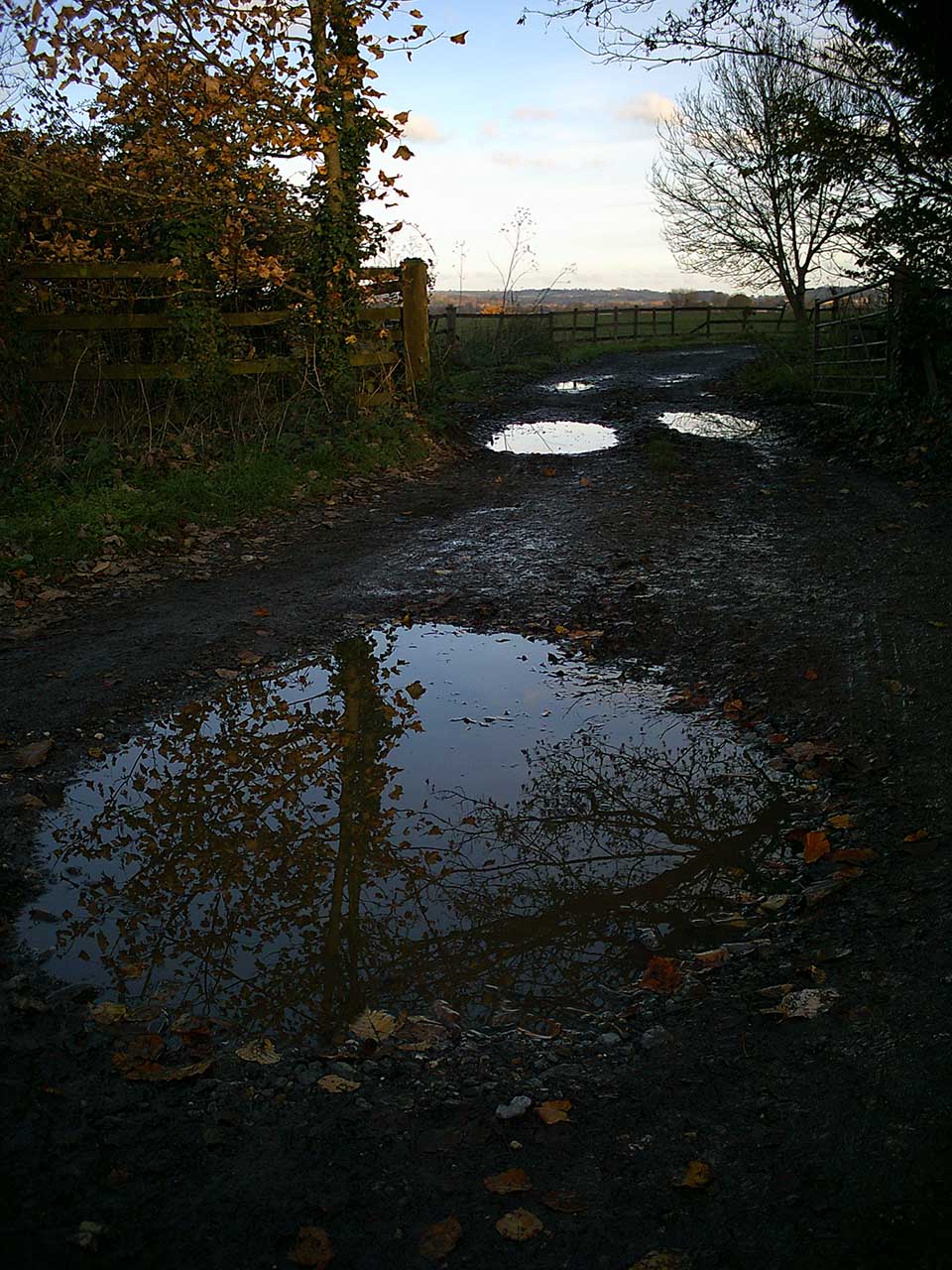
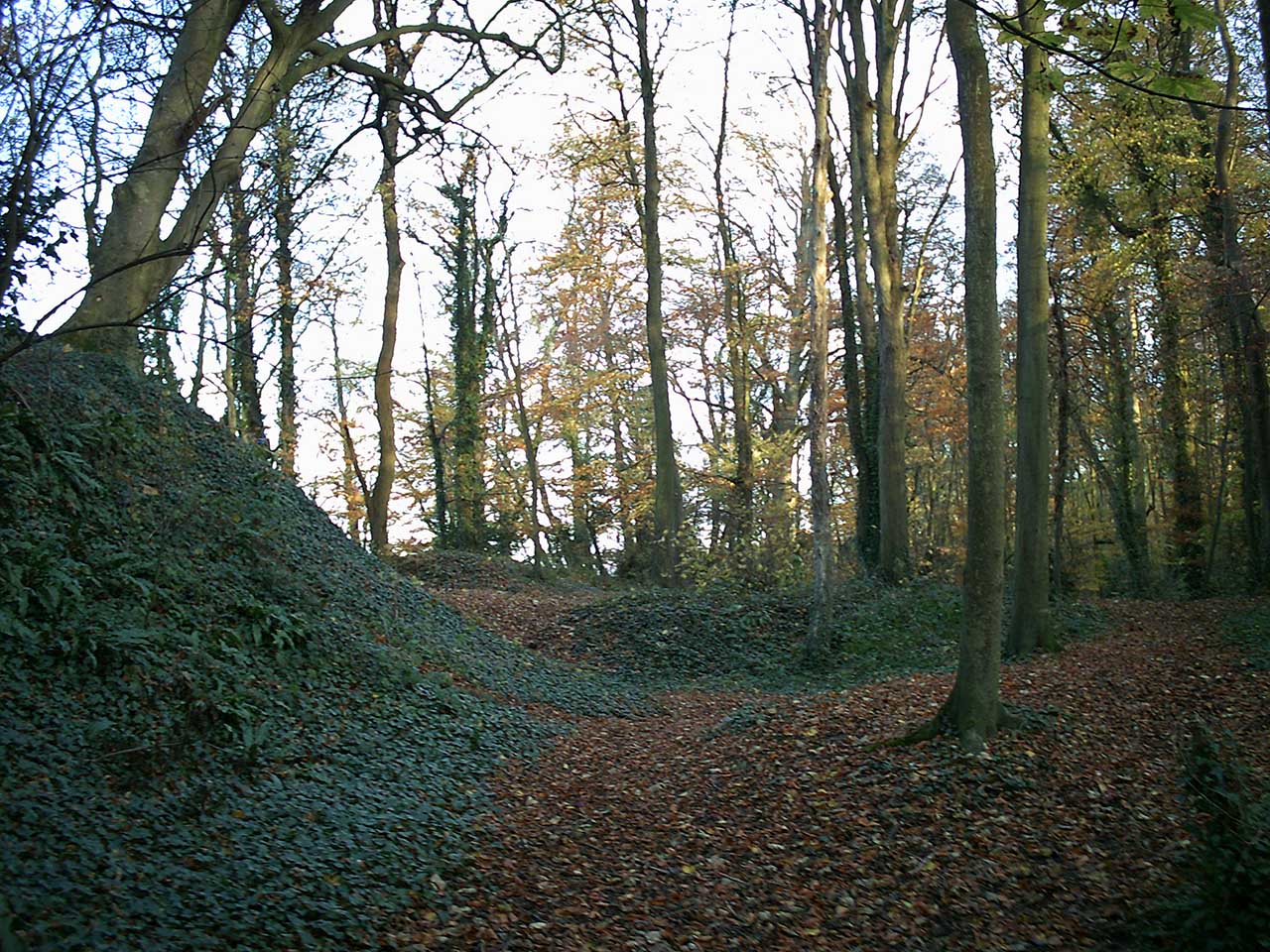
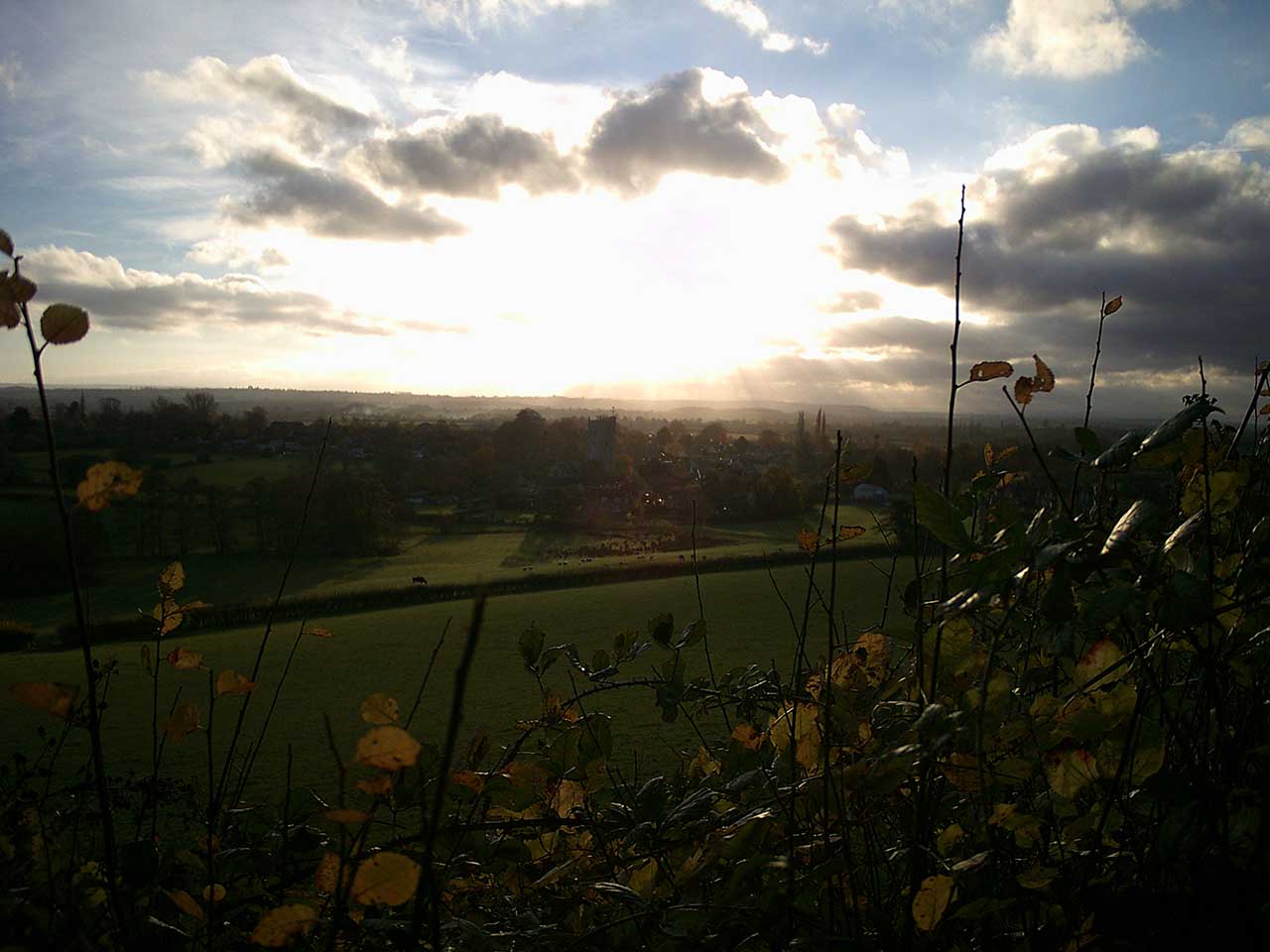
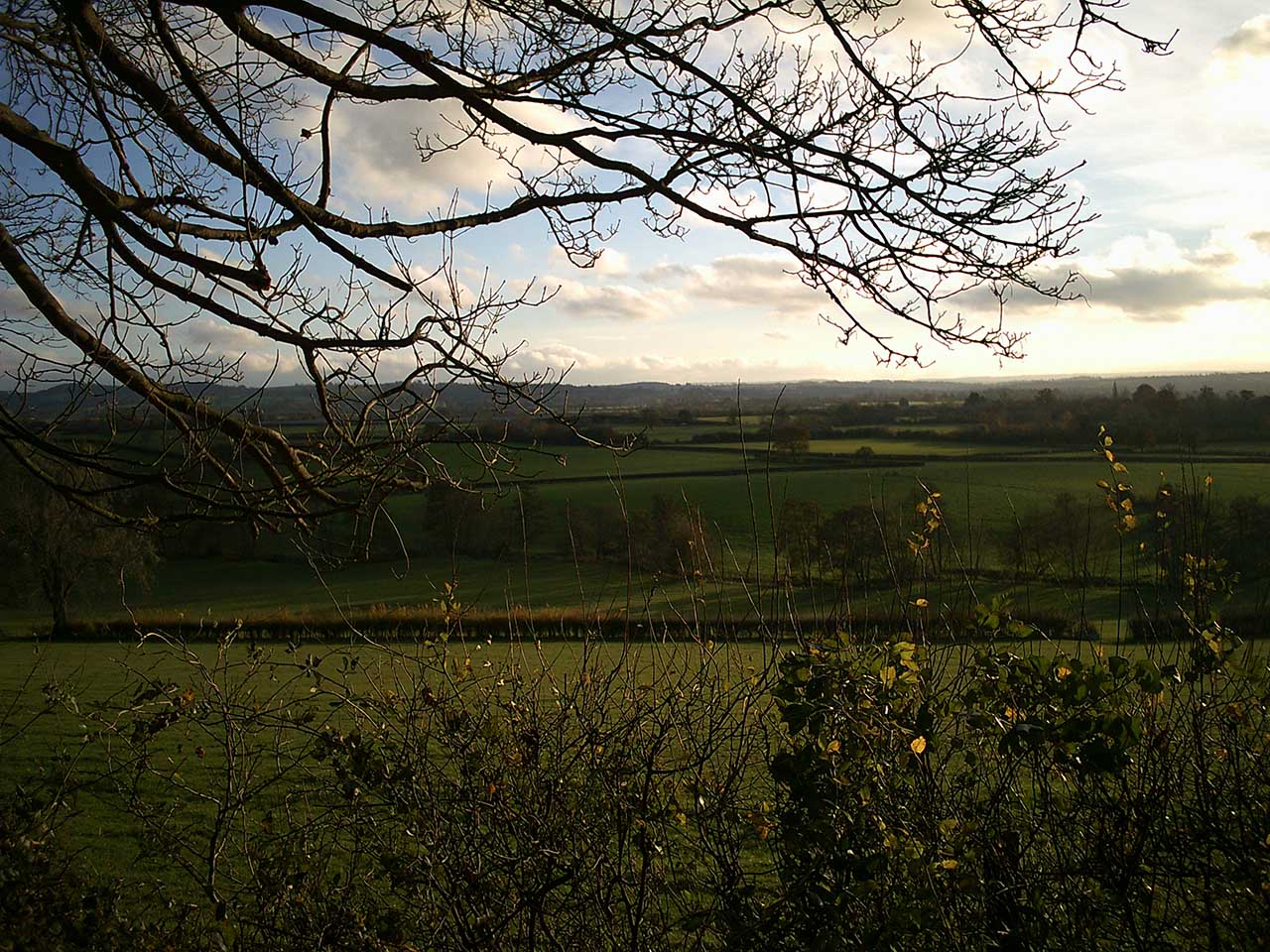
Verdict
Some people have said the Yashica digiFilm Camera Y35 was all a scam, and I don’t believe that is the case. Clearly some thought has been put into its concept, and it is rather fun to shoot with. You can also get some decent enough images. But this is really a child’s camera.
There isn’t enough manual control nor good enough image quality to warrant buying this as your travel camera or everyday pocket camera. It’s not as good as your smartphone, whatever smartphone you may have. It’s not worth $140.
That said, this could be a great option for a child wanting to learn about photography. The Y35 does force you to think about composition and light and exposure. And because you can’t view your images straightaway on the camera back, it forces you to get on the computer and actually download your photos and create an image management workflow.
For a child taking his or her first steps in photography in the digital age, that’s perhaps as equally an important lesson as learning the Exposure Triangle.
But it’s not worth $140.
Here’s the rub: they’ve sold this as a Yashica, but it blatantly isn’t a patch on the quality of the old Yashicas. So don’t buy this thinking it’s the same old Yashica, but digital. It’s not.
At the same time, though, there is an interesting concept here and you can have fun with this camera. The concept just hasn’t had enough resource to be fully realised.
If this new iteration of Yashica were to go back to the drawing board and come back with a more serious offering, perhaps partnering with an established brand in the imaging industry, I would absolutely give it another opportunity.

